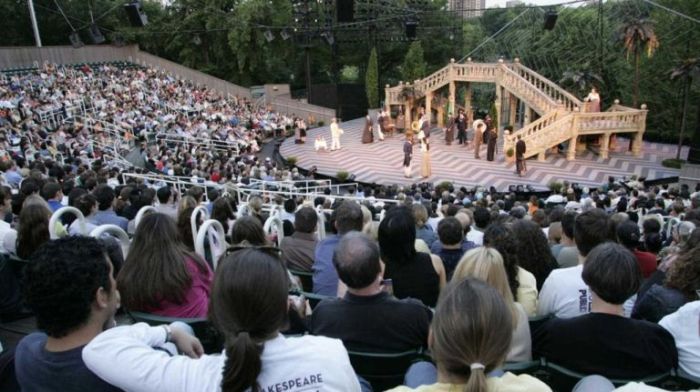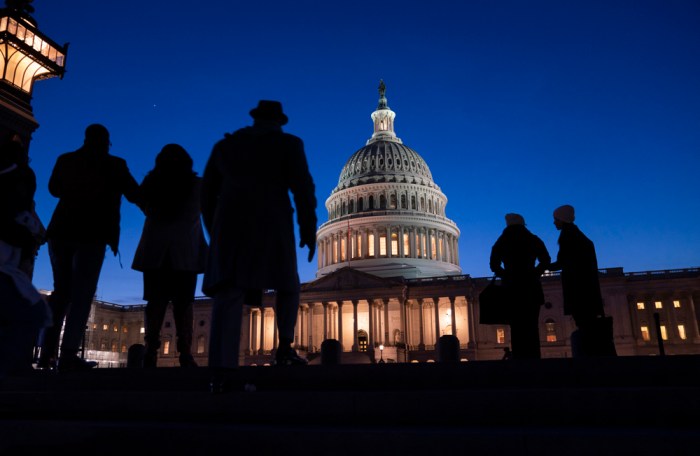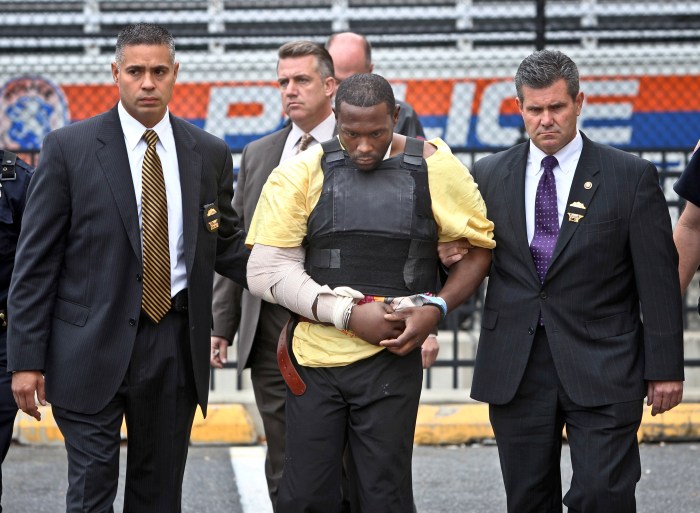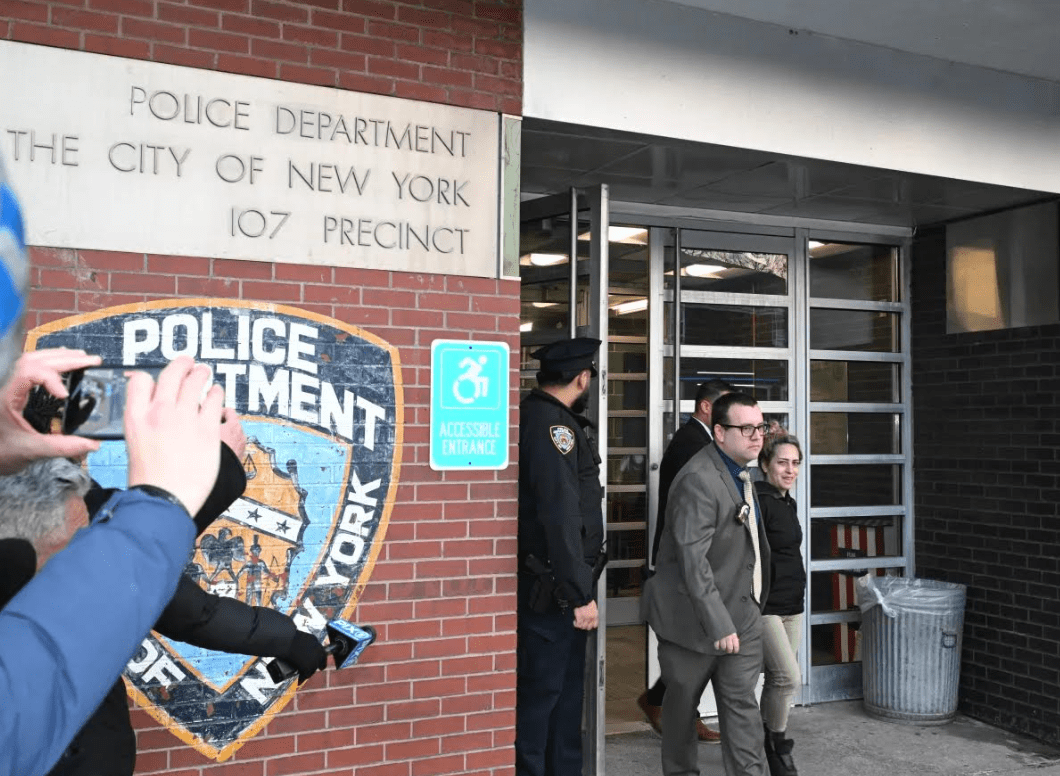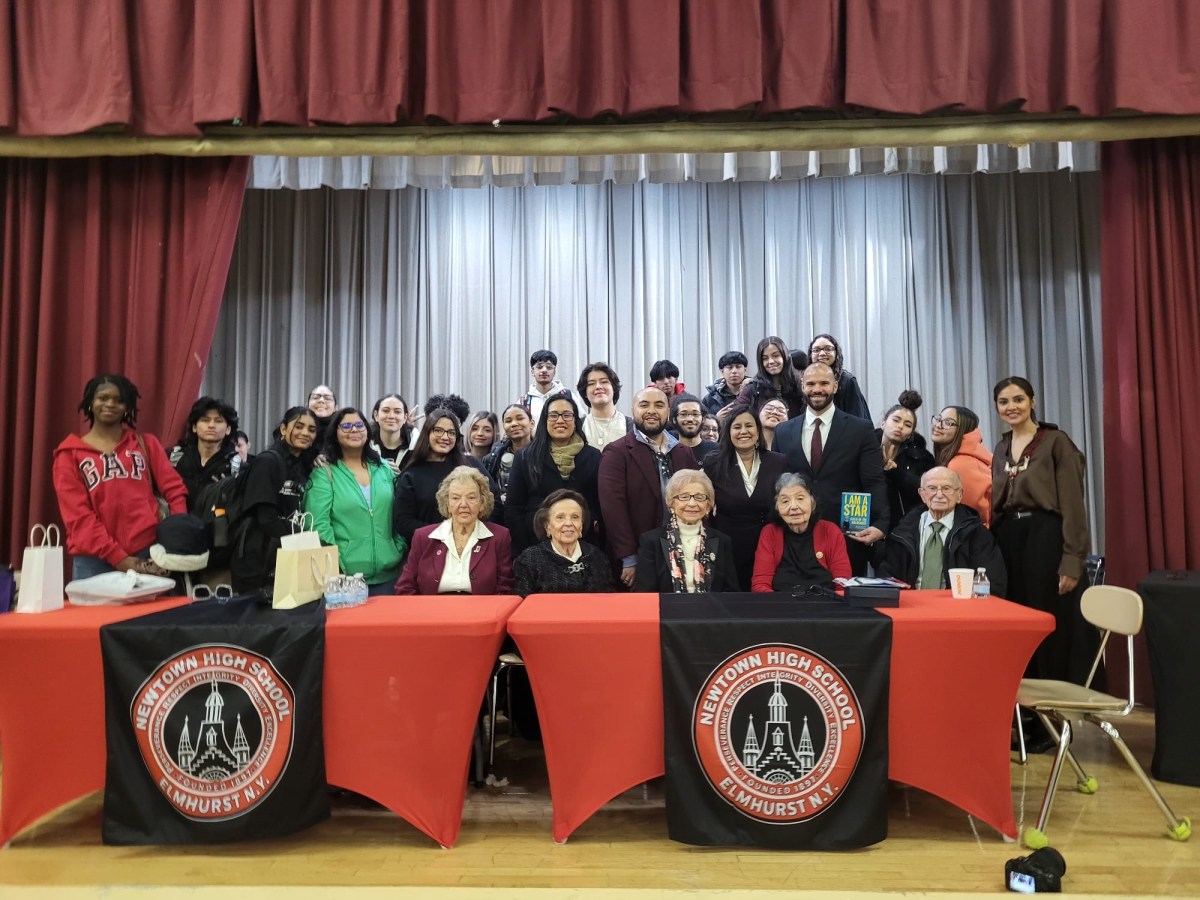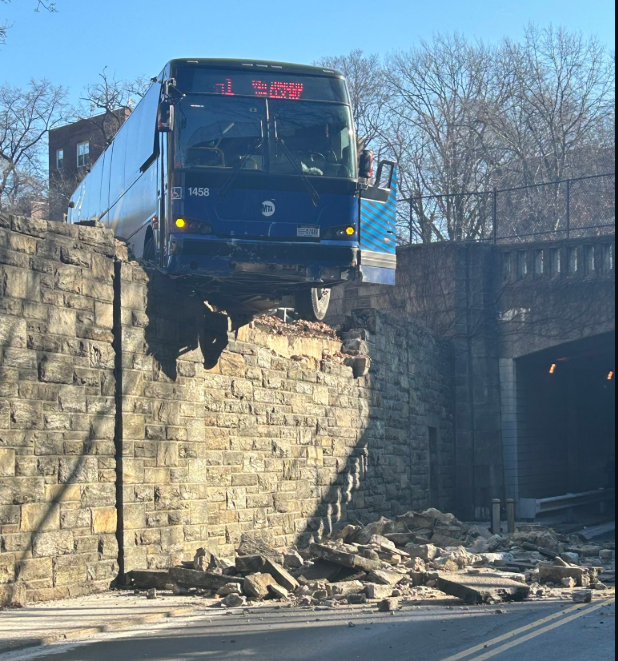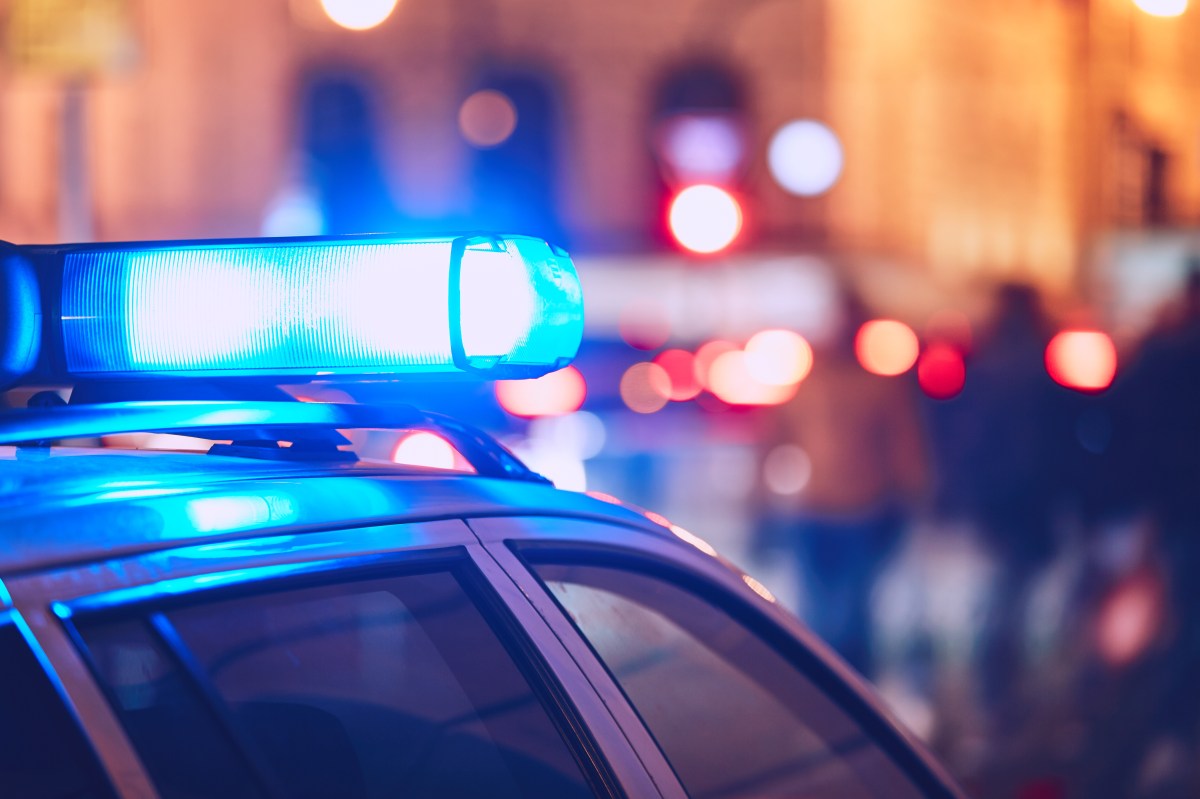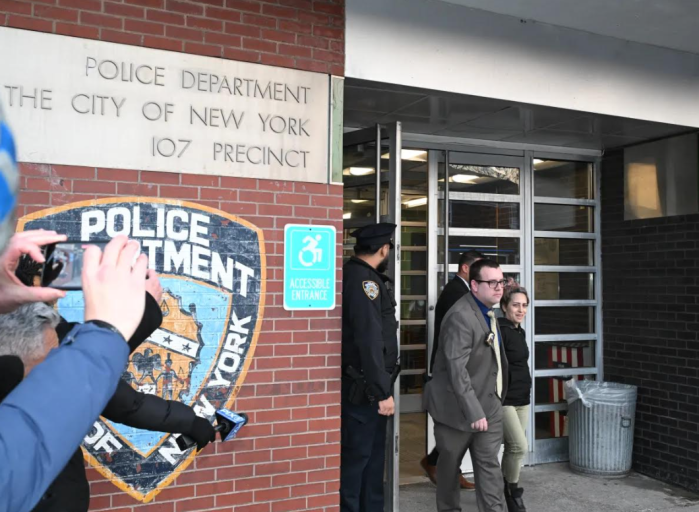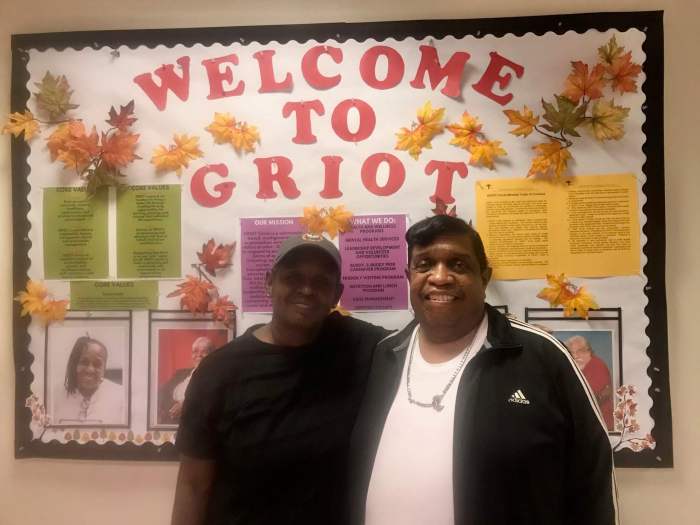Bustling New York City may not seem a bee-friendly place, but its high-rise rooftops and tiny gardens are buzzing with honeymakers threatened by pesticides in rural areas.
About 2.4 million Italian honeybees waited in a white van to be taken to their new homes early Friday. It was parked near the Dakota Apartments by Central Park, where John Lennon’s widow Yoko Ono has lived since 1973.
“This is the first year that we’ve done this outside The Dakota,” said Andrew Coté, president of the New York City Beekeepers Association. “We heard that Yoko likes honey.”
Coté, who founded Andrew’s Honey, drove up from Georgia to deliver the bees. The van held 200 wood and screen packages, each with about 12,000 bees. A steady stream of beekeepers lined up to pick up their 3 lb packages which cost $159 or $205, depending on when they placed their order.
“Bees are sold by weight, like cheese,” he said.
Some buyers stuffed the packages in bags, while Ray Sage strapped two boxes of bees to his bicycle to ride to his hive on the Lower East Side.
“I have to just ride really slowly and carefully. Sometimes I think of it as I’m training to be Danish and I never become Danish,” he said.
The number of urban beekeepers has grown quickly, with many hives now found on the rooftops of skyscrapers and office buildings, Cote said. New York legalized beekeeping in 2010 and has hundreds of registered hives, according to the Department of Health.
Bee populations are in sharp decline worldwide, partly because of excessive pesticides and chemicals in rural areas, and a lack of crop variety.
New York does not have this problem, making it a healthy bee habitat, said Alan Markowitz, a Bronx resident who is a beekeeper at La Finca del Sur Community Garden, run by women of color.
“A third of what you put in your mouth needs a pollinator. And in the city, believe it or not, bees do well because there’s less pesticides generally,” said the former farmer. “Having a lot of variety is wonderful for bees.”





